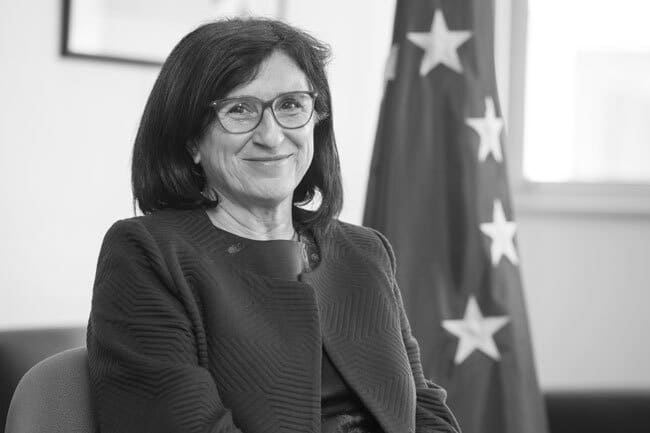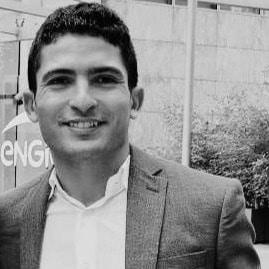Michel DERDEVET
General Secretary, membre of the directory, ERDF
Abstract
Just a few months before the next COP 21 in Paris, Europe has a particular responsibility to put forward proposals and to make this Conference a global success.
The Europeans were the first to make the fight against climate change a large structural policy of this half-century. As pioneers, we therefore find ourselves in the front line in meeting the challenges that are technological(deployment of new means of production, massive renovation of building stock, the invention of new local energy models), societal(acceptability of changes to life styles) and economic(activation of funding channels and mobilisation of savings) that structure the energy transition.
How these challenges can be met will depend on the choices made in each Member State (and even, increasingly in each region or community), but what the solutions found will have in common is that they will have to fit into energy systems whose networks, covering millions of kilometres, already provide the architecture. Continuing to “provide a system”, thanks to the networks for delivering energy (gas or electricity) under the best conditions of effectiveness and cost, is thus an absolute imperative for the security of supply for Europeans, their quality of life and the competitiveness of their businesses and therefore their jobs. Europe is the area of the world that offers the best quality energy services; this advantage must be reinforced.
However, the role required of Europe’s energy networks is being profoundly reshapedin this context of energy transition, since their organisation must now:
– Accompany decentralisation, the means of renewable energy production being dispersed in hundreds of thousands of sites over all the territories. This requires radically reorganising the networks, in particular the distribution networks, which were not originally designed for this renewable energy collecting function.
– Managing complexityof a new kind due to the variability of certain renewable energies (wind, photovoltaic), but also the emergence of new uses, such as electric vehicles.
– Ensuring solidarity between the States and regions, in a context where the technological uncertainties of the new sectors are added to the older ones of a geopolitical nature.
– Continuing to ensure equal access to energy services, without the transition becoming a discriminating factor against those citizens who are economically the weakest.Pooling knowledge and thinking to adapt the networks is a necessity if the Europeans want the energy transition to be a success.
Article 194 of the Treaty of Lisbon has already laid down the way to greater intervention by the Union in this regard. But the Europeans must go further and explore, as quickly as possible, areas of joint cooperation, innovation and investment.
The challenge is great since hundreds of billions of euros of investment will have to be made between now and 2030, and no argument is needed to convince oneself that, in a convalescent Europe, every euro will have to be invested with the greatest concern for effectiveness for our communities.
Finally, this “networked European energy”, that we all wish for, will not only be a physical, technical and economic challenge. It must also embody these “shared idiosyncrasies” that today characterise the European energy space: the verticality of the national hierarchies will be followed by the horizontality of communication between the territories; the authority of the powers in place, by the legitimacy of the citizen, initiative and success; industrial uniformity, by the diversity of models of organisation; a situation of separate States, by exchanges within the European area.
The twelve proposalspresented at the end of this report thus aim to promote the emergence of a coherent and pragmatic European approach in the field of networks, to solve today’s problems and to meet tomorrow’s challenges.
From this standpoint, these proposals are structured around three main focus areas:
– Revising security of supply and cooperationbetween the network companies, but also the local authorities involved in the energy transition,
– Strengthening coordination of the regulations and the funding leversto optimise the infrastructure costs, while investing in the territories crossed by this strategic infrastructure,
– Promoting Europe as an energy innovation leader, giving a new impetus and a new dimension to its R&D, in particular through standardisation, the creation of an energy data platform, the establishment of innovative mobility corridors and the foundation of a European Energy College.
Html code here! Replace this with any non empty text and that's it.












